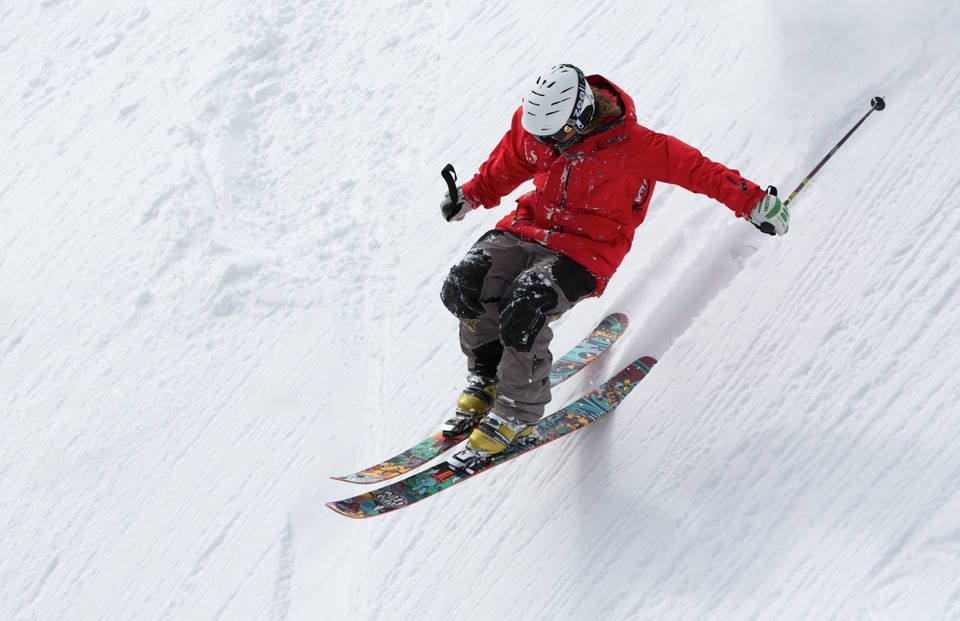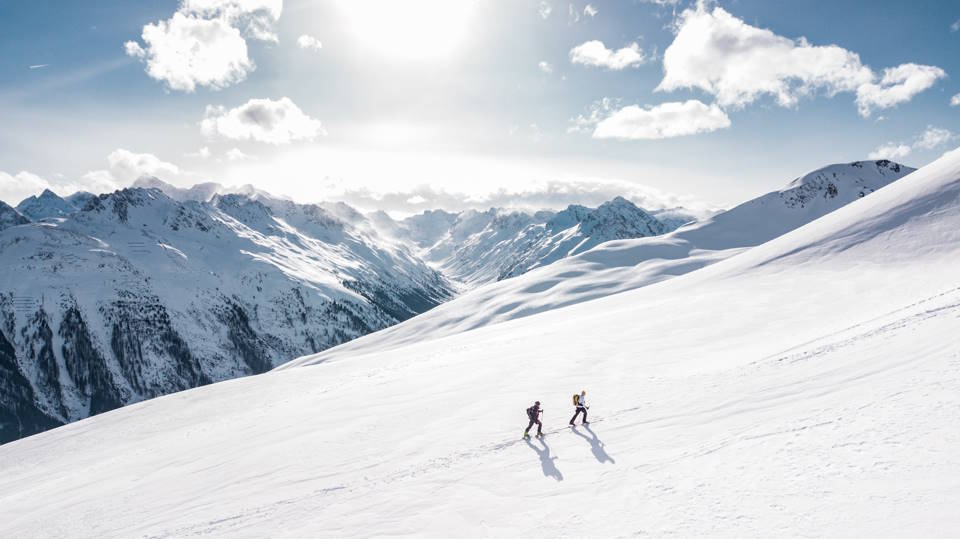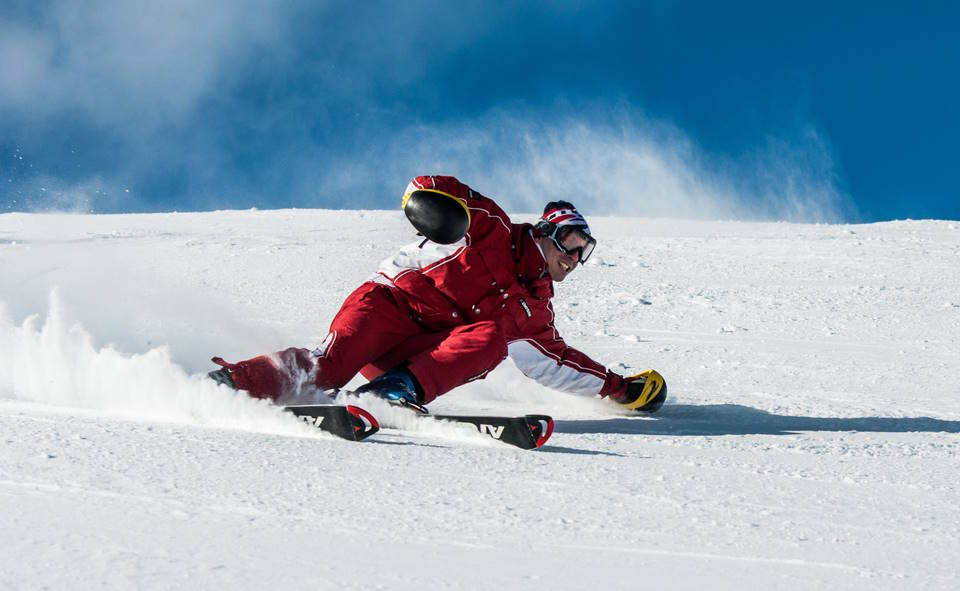As the winter season starts to wind down, many ski enthusiasts may find themselves wondering when exactly the ski season will come to an end. In this blog post, we’ll explore the factors that contribute to the end of the ski season, including typical duration, the impact of weather conditions, and the closure dates of popular ski resorts. We’ll also discuss the importance of snow conditions in determining when ski resorts close their doors and the transition to spring activities for outdoor enthusiasts. Whether you’re a seasoned skier or new to the sport, understanding when ski season typically ends and the factors that influence this can help you make the most of your time on the slopes. So, let’s dive in and explore the ins and outs of when ski season comes to a close.Plan your winter activities with insider tips on ski season duration, snow conditions, resort closures, and transitioning to spring fun. Don’t miss out!
Typical Ski Season Duration

When it comes to the typical ski season duration, it can vary depending on several factors. Generally, ski season begins in late November and lasts until early April in many popular ski resorts. However, this can be influenced by the geographical location of the resort, the altitude of the slopes, and the amount of snowfall in the region. Resorts located at higher altitudes and in colder climates tend to have longer ski seasons, sometimes lasting into late spring or early summer.
Snow conditions also play a significant role in determining the duration of the ski season. Adequate snowfall is essential for maintaining good skiing conditions, and if the snowpack begins to melt or becomes too compacted, it can lead to the premature end of the season. The quality of the snow, such as its depth and texture, is also important for ensuring a safe and enjoyable skiing experience.
Another factor that can affect the end of the ski season is the resort’s ability to produce artificial snow. Some resorts have snowmaking capabilities, which can help to extend the season by supplementing natural snowfall. However, this may not always be sufficient to compensate for poor snow conditions, and the resort may still need to close earlier than anticipated.
In conclusion, while the typical ski season duration spans from late November to early April, it is subject to variations based on geographical location, altitude, snow conditions, and the resort’s snowmaking capabilities. Skiers and snowboarders should keep these factors in mind when planning their winter getaways to ensure they make the most of the ski season.
Factors Affecting Ski Season End

One of the key factors that affect the end of the ski season is the amount of snowfall during the winter months. If a ski resort receives heavy snowfall, it often means that the season can be extended due to the abundance of snow on the slopes. On the other hand, a lack of snowfall can lead to an early end to the ski season, as there may not be enough snow for the slopes to remain open.
Another important factor is the temperature during the ski season. Warmer temperatures can lead to the snow melting faster, shortening the season. In contrast, colder temperatures can preserve the snow, allowing the ski season to last longer. In addition, ski resorts may use artificial snowmaking to extend the season, but this is dependent on the availability of cold temperatures.
The altitude of a ski resort is also a significant factor in determining the end of the ski season. Higher altitude resorts tend to have longer ski seasons, as they typically receive more snowfall and have colder temperatures. In contrast, lower altitude resorts may experience an earlier end to the season due to milder temperatures and less snowfall.
Lastly, weather patterns and climate change can also impact the end of the ski season. Unpredictable weather patterns and changes in climate can lead to variations in snowfall and temperatures, affecting the duration of the ski season. Ski resorts need to adapt to these changing conditions and may adjust their closing dates accordingly.
Importance of Snow Conditions

When planning a skiing trip, one of the most crucial factors to consider is the snow conditions at the ski resort. The snow conditions play a significant role in determining the overall experience of the skiers and snowboarders. Ideal snow conditions can make a day on the slopes enjoyable, while poor snow conditions can make it quite challenging and less enjoyable.
Skiers and snowboarders look for resorts that have fresh powder snow as it offers a smooth and effortless gliding experience. Fresh powder snow provides better control and reduces the risk of accidents or injuries. Therefore, resorts that can maintain good snow quality are more likely to attract visitors and gain a positive reputation.
Furthermore, snow conditions also affect the activities that can be enjoyed at the ski resort. For instance, those who enjoy cross-country skiing may prefer different snow conditions compared to those who enjoy downhill skiing. Similarly, freestyle skiers and snowboarders may look for certain snow conditions to perform their tricks and jumps safely.
In addition, the snow conditions at a ski resort also impact the longevity of the ski season. A ski resort with good snow management practices and reliable snowmaking equipment can extend the ski season, whereas those with unpredictable snow conditions may have a shorter season.
Closure Dates of Popular Ski Resorts

As winter comes to an end, many skiing enthusiasts begin to anticipate the closure dates of their favorite ski resorts. The closure dates of popular ski resorts are influenced by various factors, such as snow conditions, visitor demand, and even local regulations. While some ski resorts may extend their season due to favorable snow conditions, others may be forced to close earlier than expected due to a lack of snow or budget constraints.
It’s important for avid skiers to keep track of the closure dates of popular ski resorts so that they can plan their trips accordingly. Many resorts provide regular updates on their snow conditions and closing dates, allowing visitors to make informed decisions about when to hit the slopes.
For those who may be concerned about the end of ski season, the closure dates of popular ski resorts should be viewed as a natural transition to spring activities. While it may be sad to see the ski season come to an end, the changing seasons open up new opportunities for outdoor adventures, such as hiking, biking, and enjoying the scenic beauty of the mountains without the snow.
Ultimately, as ski season comes to a close, skiers can look forward to the next winter season and start making plans for their next snowy adventure. By staying informed about the closure dates of popular ski resorts and transitioning to other activities, enthusiasts can continue to enjoy the great outdoors year-round.
Transition to Spring Activities

As the ski season comes to an end, it’s time to start thinking about transitioning to spring activities. While the closing of the ski resorts may leave avid skiers feeling a bit disheartened, there are plenty of exciting ways to embrace the arrival of spring.
One popular transition activity is hiking. With the snow beginning to melt and nature coming back to life, spring hikes offer a completely different experience from winter sports. The trails that were once covered in snow are now accessible, allowing hikers to explore the stunning landscapes and enjoy the blooming wildflowers.
Another fantastic way to enjoy the transition to spring is by participating in outdoor yoga sessions. Many ski resorts offer yoga classes with gorgeous mountain backdrops, providing a peaceful and rejuvenating experience. It’s the perfect way to embrace the changing season and connect with nature.
For those who enjoy adrenaline-fueled activities, mountain biking is an ideal way to kick off the spring season. As the snow melts, the mountain bike trails become open and ready for action. This adventurous activity allows enthusiasts to enjoy the thrill of speeding down the trails while taking in the breathtaking scenery.




